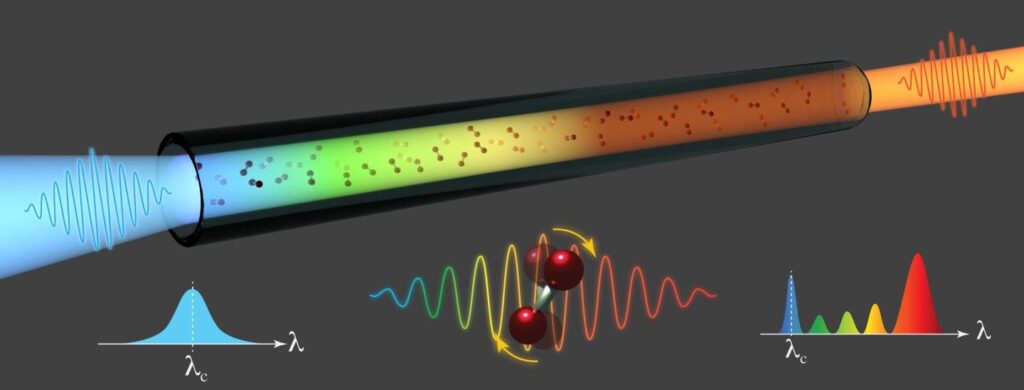Spectral detection of solar panels refers to the analysis and measurement of light across different wavelengths or colors in the electromagnetic spectrum. The sunlight that reaches the Earth’s surface consists of a range of wavelengths, and solar panels are designed to convert specific portions of this spectrum into electricity. The spectral characteristics of solar panels are important for understanding their performance under various lighting conditions and optimizing their efficiency.
- Solar Spectrum:
- The solar spectrum encompasses a broad range of wavelengths, from ultraviolet (UV) to infrared (IR). Sunlight contains various colors, each corresponding to a specific wavelength. Solar panels are typically most sensitive to wavelengths within the visible light spectrum.
- Spectral Sensitivity of Solar Cells:
- Different types of solar cells have varying spectral sensitivities. Some solar technologies are optimized for specific wavelengths, while others may have a broader spectral response. Understanding the spectral sensitivity helps engineers design solar panels that can efficiently convert light into electricity across the desired range.
- Quantum Efficiency:
- Quantum efficiency is a measure of how effectively a solar cell converts photons (light particles) into electrons (electricity). It is often represented as a function of wavelength. By examining the quantum efficiency across the spectrum, researchers can identify the wavelengths to which a particular solar cell is most responsive.
- Mismatch with Sunlight Spectrum:
- The spectral distribution of sunlight can vary based on factors such as time of day, latitude, and atmospheric conditions. Some solar panels may be less efficient at converting certain wavelengths, leading to a mismatch between the solar panel’s spectral response and the actual sunlight spectrum.
- Spectral Measurements and Testing:
- Researchers and manufacturers use spectral measurements to assess the performance of solar panels under different light conditions. This involves testing solar cells and modules across a range of wavelengths to determine their efficiency and characteristics in diverse environmental conditions.
- Spectral Correction Factors:
- Spectral correction factors may be applied to adjust standard testing conditions to better reflect the spectral distribution of sunlight in real-world scenarios. This helps in providing more accurate predictions of a solar panel’s performance in specific locations and applications.
- Advanced Technologies:
- Emerging solar technologies may be designed to capture specific parts of the spectrum, such as tandem solar cells that utilize multiple layers to absorb different wavelengths more effectively. These technologies leverage spectral detection and optimization to enhance overall efficiency.
Understanding the spectral characteristics of solar panels is essential for developing and optimizing photovoltaic technologies. Researchers and engineers use this information to improve the design, efficiency, and performance of solar cells, especially as they aim to capture a broader range of sunlight and enhance energy conversion capabilities.


